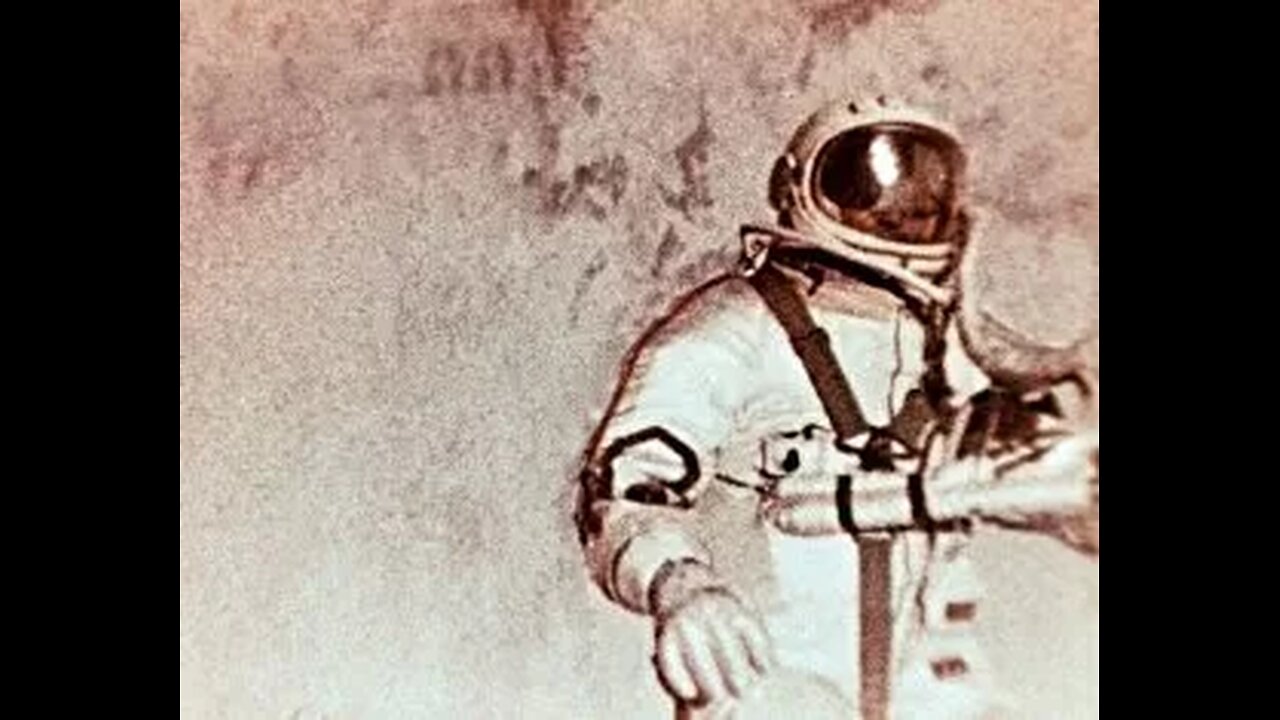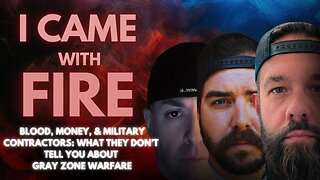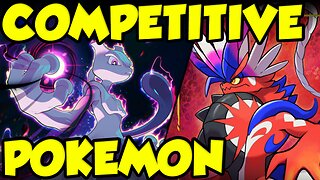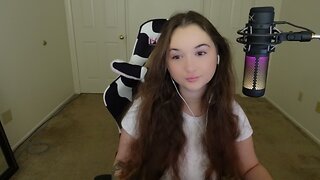Premium Only Content

Russian Space Pioneer Alexei Leonov
Alexei Arkhipovich Leonov[a] (30 May 1934 – 11 October 2019) was a Soviet and Russian cosmonaut, Air Force major general, writer, and artist. On 18 March 1965, he became the first person to conduct a spacewalk, exiting the capsule during the Voskhod 2 mission for 12 minutes and 9 seconds. He was also selected to be the first Soviet person to land on the Moon although the project was cancelled.
In July 1975, Leonov commanded the Soyuz capsule in the Apollo-Soyuz mission, which docked in space for two days with an American Apollo capsule.
Leonov was twice Hero of the Soviet Union (1965, 1975),[3] a Major General of Aviation (1975), laureate of the USSR State Prize (1981), and a member of the Supreme Council of the United Russia party (2002–2019).
He was one of the 20 Soviet Air Forces pilots selected to be part of the first cosmonaut training group in 1960.[10] As with most cosmonauts, Leonov was a member of the Communist Party of the Soviet Union. His walk in space was originally to have taken place on the Voskhod 1 mission, but this was cancelled, and the historic event happened on the Voskhod 2 flight instead.[11] He was outside the spacecraft for 12 minutes and nine seconds on 18 March 1965, connected to the craft by a 4.8-metre (16 ft) tether.[10]
At the end of the spacewalk, Leonov's spacesuit had inflated in the vacuum of space to the point where he could not re-enter the airlock.[10] He opened a valve to allow some of the suit's pressure to bleed off and was barely able to get back inside the capsule.[10][12] While on the mission, Leonov drew a small sketch of an orbital sunrise, producing the first ever work of art made in outer space.[13] Leonov had spent eighteen months undergoing weightlessness training for the mission.[14]
In 1968, Leonov was selected to be commander of a circumlunar Soyuz 7K-L1 flight. This was cancelled because of delays in achieving a reliable circumlunar flight (only the later Zond 7 and Zond 8 members of the programme were successful) and the Apollo 8 mission had already achieved that step in the Space Race. He was also selected to be the first Soviet person to land on the Moon, aboard the LOK/N1 spacecraft.[11] This project was also cancelled. (The design required a spacewalk between lunar vehicles, something that contributed to his selection.) Leonov was to have been commander of the 1971 Soyuz 11 mission to Salyut 1, the first crewed space station, but his crew was replaced with the backup after one of the members, cosmonaut Valery Kubasov, was suspected to have contracted tuberculosis (the other member was Pyotr Kolodin).[15]
Leonov was to have commanded the next mission to Salyut 1, but this was scrapped after the deaths of the Soyuz 11 crew members, and the space station was lost.[16] The next two Salyuts (actually the military Almaz station) were lost at launch or failed soon after, and Leonov's crew stood by. By the time Salyut 4 reached orbit, Leonov had been switched to a more prestigious project.[17][18]
Leonov's second trip into space was as commander of Soyuz 19, the Soviet half of the 1975 Apollo-Soyuz mission—the first joint space mission between the Soviet Union and the United States.[17][19] During the project Leonov became lasting friends with the US commander Thomas P. Stafford, with Leonov being the godfather of Stafford's younger children.[20][21] Stafford gave a eulogy in Russian at Leonov's funeral in October 2019.[22][23]
From 1976 to 1982, Leonov was the commander of the cosmonaut team ("Chief Cosmonaut") and deputy director of the Yuri Gagarin Cosmonaut Training Center, where he oversaw crew training. He also edited the cosmonaut newsletter Neptune. He retired in 1992.
-
 LIVE
LIVE
SLS - Street League Skateboarding
10 days ago2025 SLS Miami: Women's and Men's Knockout Rounds and Finals
25,840 watching -
 1:12:18
1:12:18
Michael Franzese
18 hours agoLuigi Musical, Trump Attacks, and the Border Crisis: Unfiltered LIVE
17.8K4 -
 LIVE
LIVE
FreshandFit
20 hours agoSandwich Contest w/ Girls, Shiloh Drops N Bomb, Trump 1st 100 Days, Andrew v Prophet Debate on Christian Zionism & MORE Subathon!
19,037 watching -
 LIVE
LIVE
Major League Fishing
4 days agoLIVE! - Bass Pro Tour: Stage 4 - Day 3
872 watching -
 LIVE
LIVE
I_Came_With_Fire_Podcast
14 hours agoBlood, Money, & Military Contractors: What They Don't Tell You About Gray Zone Warfare
305 watching -
 LIVE
LIVE
Verlisify
2 hours agoWorld's Best Competitive Pokemon Player RANKED BATTLES!
75 watching -
 LIVE
LIVE
a12cat34dog
3 hours agoI AM THE DIVINE CRUSADER :: The Elder Scrolls IV: Oblivion Remastered :: FIRST-TIME PLAYING {18+}
90 watching -
 LIVE
LIVE
MissesMaam
2 hours ago*RTMP Test* Chill n' Chat 💚✨
117 watching -
 5:23
5:23
Talk Nerdy Sports - The Ultimate Sports Betting Podcast
2 hours ago5/3/25 - Winners, Not Wokeness: Game 7 Bets the Media Won’t Show You 🧠🔥
11.3K1 -
 LIVE
LIVE
ttvglamourx
1 hour ago $0.24 earnedLAST STREAM IN CALIFORNIA !DISCORD
117 watching